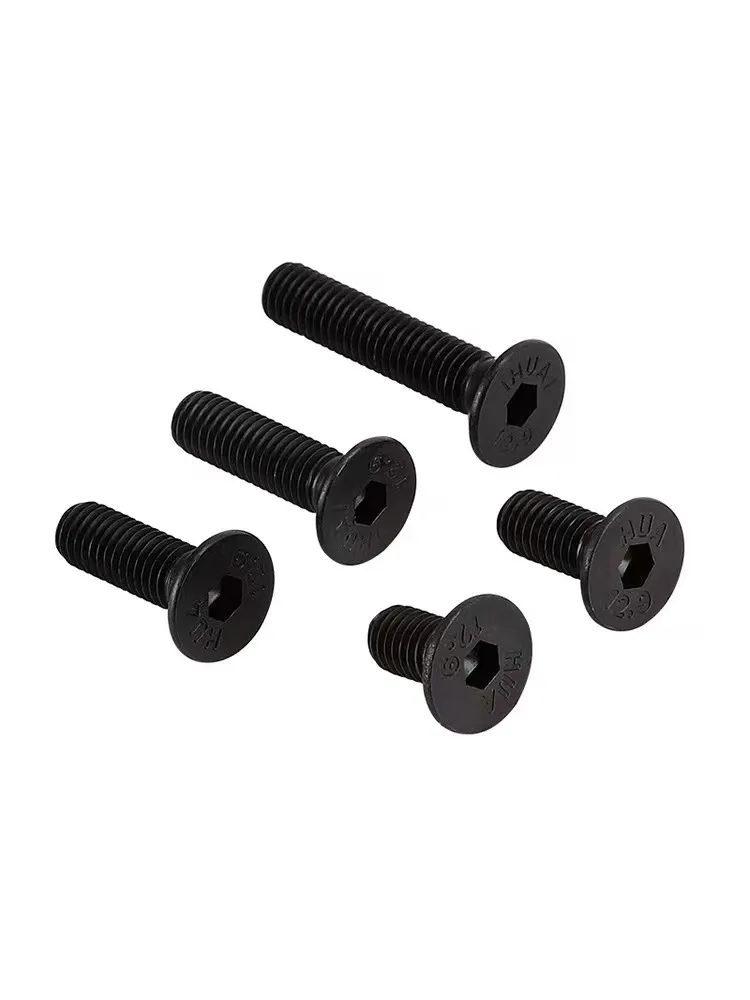

Flange Lock Nut Essentials for Secure Fastening Solutions
Set . 25, 2024 00:46 Back to list
Flange Lock Nut Essentials for Secure Fastening Solutions
Understanding Lock Nut Flanges A Comprehensive Overview
Lock nut flanges are essential components widely used in mechanical and structural applications. They play a crucial role in ensuring the stability and safety of interconnected parts, particularly in piping systems, machinery, and automotive sectors. This article delves into the characteristics, functions, advantages, and applications of lock nut flanges.
What is a Lock Nut Flange?
A lock nut flange combines features of a flange and a lock nut, designed to secure two components together while preventing any loosening due to vibration or movement. Flanges themselves are flat pieces of metal with holes for bolts, used to join two sections of pipe or machinery. Meanwhile, lock nuts provide a tightened hold on a bolt or screw to prevent it from coming undone.
The lock nut flange typically consists of a flange and a threaded area where a lock nut is either fixed or integrated. This construction ensures a reliable connection between adjacent parts, crucial in applications requiring high-pressure and temperature resistance.
Key Features
1. Durability Lock nut flanges are made from high-quality materials, ensuring they withstand harsh environmental conditions, including extreme temperatures, corrosion, and mechanical stress.
2. Vibration Resistance The primary function of a lock nut flange is to maintain tightness even when subjected to vibrations. This property is particularly significant in automotive and industrial applications where machines are constantly in motion.
3. Versatility These flanges are available in various sizes, materials, and designs, making them suitable for different applications, whether in automotive, aerospace, or industrial machinery.
4. Ease of Installation Lock nut flanges are designed for straightforward installation. Their integrated features simplify the assembly process, reducing the time and effort needed to connect components.
lock nut flange

Advantages
One of the primary advantages of lock nut flanges is their ability to enhance the integrity of joinery in systems that encounter dynamic loads. As machines operate, vibrations can loosen conventional nuts and bolts. The lock nut feature significantly reduces this risk, leading to improved safety and longevity of machinery.
Additionally, the robust design of lock nut flanges allows for a more dependable seal in piping applications. This characteristic is vital in industries like oil and gas, water treatment, and chemical processing, where leaks can have catastrophic consequences.
Applications
Lock nut flanges find utility in various sectors
- Automotive Industry They are used to secure engine components, exhaust systems, and suspension parts, ensuring that all connections remain intact during operation. - Aerospace In aircraft, where safety is paramount, lock nut flanges contribute to the secure attachment of critical system components.
- Manufacturing Factories often implement lock nut flanges in heavy machinery and equipment to prevent maintenance-related failures.
- Construction In structural applications, these flanges are used to connect beams, columns, and other elements, providing stability to buildings and infrastructures.
Conclusion
In conclusion, lock nut flanges are invaluable in numerous industries due to their strength, reliability, and ability to maintain tight connections under challenging conditions. As technology evolves, the importance of high-performance components like lock nut flanges will continue to grow, ensuring the safety and efficiency of mechanical systems worldwide. Understanding their functionality and applications allows engineers and technicians to make informed decisions in their design and maintenance processes.
Latest news
-
Hot Dip Galvanized Bolts-About LongZe|High Strength, Corrosion Resistance
NewsJul.30,2025
-
High-Strength Hot Dip Galvanized Bolts - Hebei Longze | Corrosion Resistance, Customization
NewsJul.30,2025
-
Hot Dip Galvanized Bolts-Hebei Longze|Corrosion Resistance&High Strength
NewsJul.30,2025
-
High-Strength Hot-Dip Galvanized Bolts-Hebei Longze|Corrosion Resistance&High Strength
NewsJul.30,2025
-
Hot Dip Galvanized Bolts-Hebei Longze|Corrosion Resistance&High Strength
NewsJul.30,2025
-
Hot Dip Galvanized Bolts - Hebei Longze | Corrosion Resistance, High Strength
NewsJul.30,2025

